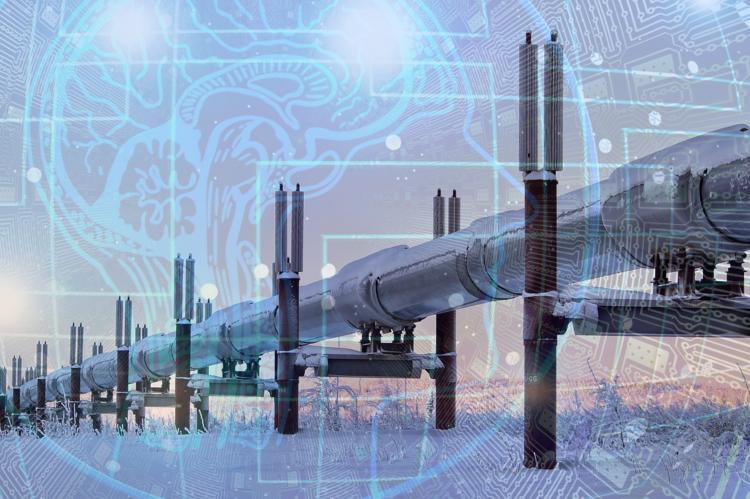In today’s world, the importance of environmental sustainability cannot be overstated. As businesses and industries continue to grow, so does their impact on the environment. To ensure responsible growth and minimize harm to our planet, it’s crucial to conduct Environmental Impact Assessments (EIAs). In this comprehensive guide, we’ll explore the significance of EIAs and how they play a pivotal role in responsible environmental management.
Understanding Environmental Impact Assessments (EIAs)
What Is an EIA? An Environmental Impact Assessment, or EIA, is a systematic process that evaluates the potential environmental consequences of a proposed project, plan, or policy. It serves as a decision-making tool, providing essential information for stakeholders to make informed choices that balance development and environmental preservation.
Why Are EIAs Important?
- Minimizing Environmental Damage: EIAs help identify potential environmental risks and challenges associated with a project. By recognizing these issues early on, mitigation measures can be implemented to minimize harm to the environment.
- Compliance with Regulations: Many countries have laws and regulations that require EIAs for specific projects. Complying with these regulations is not only essential for legal reasons but also demonstrates a commitment to responsible environmental management.
- Enhancing Project Design: EIAs can lead to improved project design by considering environmental factors from the outset. This can result in more efficient resource use and reduced costs over the project’s lifespan.
- Stakeholder Engagement: Engaging with stakeholders, including local communities and environmental organizations, during the EIA process fosters transparency and builds trust. It allows for input and concerns to be addressed, leading to better project outcomes.
The EIA Process
Scoping: The first step in an EIA is scoping, where the scope and boundaries of the assessment are defined. This involves identifying potential environmental impacts and determining the scope of data collection and analysis.
Baseline Studies: Conducting baseline studies is crucial to understand the existing environmental conditions at the project site. This data serves as a baseline against which potential impacts can be assessed.
Impact Prediction and Assessment: Experts assess the potential environmental impacts of the project. This involves evaluating factors such as air quality, water quality, biodiversity, and social aspects.
Mitigation and Monitoring: Based on the assessment, mitigation measures are proposed to reduce or offset potential impacts. Additionally, a monitoring plan is developed to track and ensure compliance with these measures throughout the project’s lifecycle.
Reporting and Decision-Making: The findings and recommendations of the EIA are compiled into a comprehensive report. Decision-makers, including regulatory authorities and project developers, use this information to make informed decisions about the project’s approval and conditions.
Public Consultation: In many cases, public consultation is a key component of the EIA process. It allows for input from the community and other stakeholders, ensuring their concerns are considered.
How Osten Can Help
At Osten, we understand the vital role that Environmental Impact Assessments play in sustainable development. Our team of experts specializes in conducting thorough EIAs tailored to your project’s needs. We provide the knowledge and guidance necessary to navigate complex environmental regulations, engage with stakeholders, and design projects that minimize their impact on the environment.
In conclusion, Environmental Impact Assessments are not just a regulatory requirement; they are a vital tool for responsible development. By conducting EIAs, you not only protect the environment but also enhance your project’s sustainability and reputation. Contact Osten today to learn more about how we can assist you in making environmentally-conscious decisions for your projects. Together, we can build a more sustainable future.





